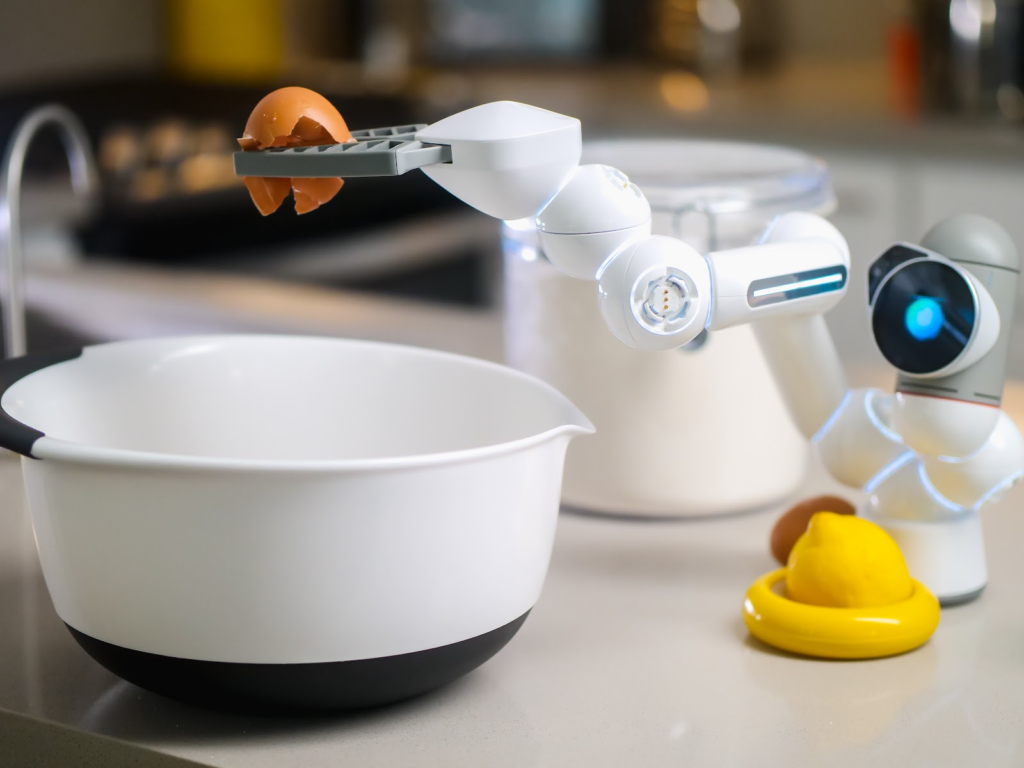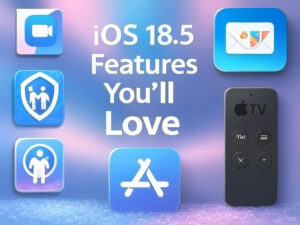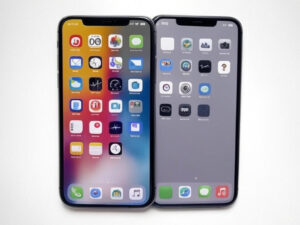In a world that is becoming increasingly interconnected, the Internet of Things (IoT) is revolutionizing the way we live, work, and interact with technology. The concept of IoT refers to the network of physical devices, vehicles, appliances, and other objects embedded with sensors, software, and connectivity that enables them to collect and exchange data. This blog will delve into the wonders of IoT, its applications across various industries, and the potential impact it can have on our daily lives.
Understanding the Internet of Things (IoT):
To grasp the significance of Internet of Things (IoT), it is essential to understand its core components and how they work together. From smart homes to smart cities, IoT encompasses a vast array of interconnected devices that communicate with each other, often autonomously. We’ll explore the underlying technologies, such as sensors, cloud computing, and wireless connectivity, that enable this network of smart devices.
IoT Applications and Industries:
Internet of Things (IoT) has permeated various sectors, transforming industries and creating new possibilities. We’ll dive into some of the exciting applications of IoT across sectors like healthcare, transportation, agriculture, manufacturing, and energy. From remote patient monitoring to intelligent transportation systems, IoT is enhancing efficiency, improving decision-making, and revolutionizing traditional processes.
Enhancing Daily Life:
In our daily lives, IoT has the potential to make our routines more convenient and efficient. We’ll discuss the impact of IoT on smart homes, wearable devices, and connected appliances. Imagine waking up to a home that adjusts the temperature, lighting, and even prepares your morning coffee based on your preferences. IoT can create a seamless and personalized living experience, simplifying tasks and freeing up time for what truly matters.

Benefits and Challenges of IoT:
While IoT brings numerous advantages, it also poses certain challenges. We’ll explore the benefits of IoT, such as improved productivity, enhanced safety and security, and optimized resource management. However, we will also discuss concerns related to data privacy, cybersecurity, and the ethical implications of a hyperconnected world. It is essential to navigate these challenges as we strive for a responsible and sustainable IoT ecosystem.
Future Trends and Possibilities:
The potential of Internet of Things (IoT) is vast and ever-evolving. We’ll examine the emerging trends and future possibilities in IoT, including edge computing, artificial intelligence (AI) integration, and the role of 5G technology in enabling faster and more reliable connectivity. By staying informed about the latest developments, we can anticipate the transformative impact of IoT in the years to come.
Conclusion:
The Internet of Things (IoT) is propelling us into a connected future, where everyday objects are empowered with intelligence and connectivity. From optimizing industrial processes to revolutionizing healthcare, IoT has the potential to transform our world in profound ways. However, as we embrace this connected future, it is crucial to address challenges related to privacy, security, and ethics. By harnessing the wonders of IoT responsibly, we can unlock its full potential and shape a future that is truly interconnected and intelligent.











